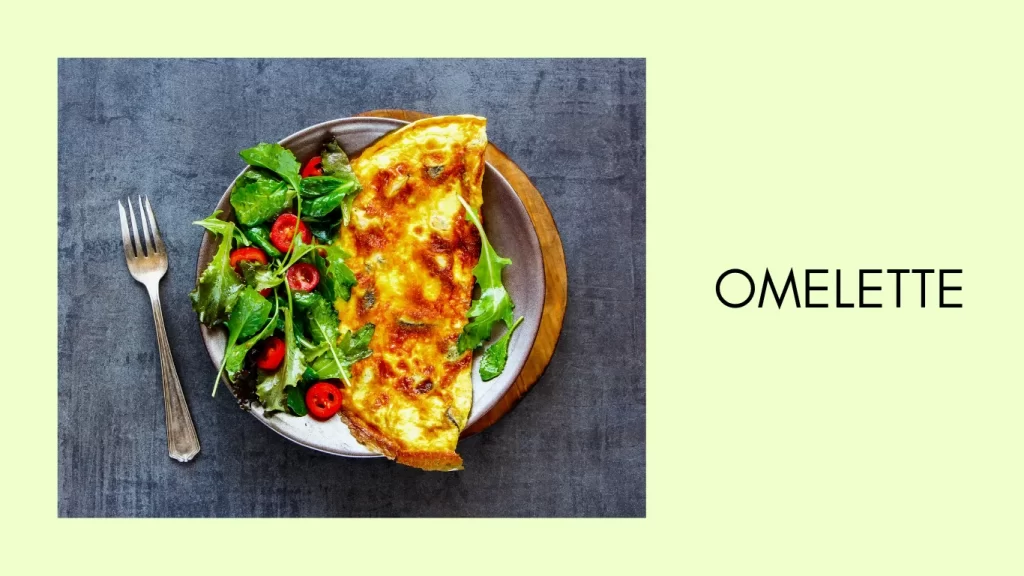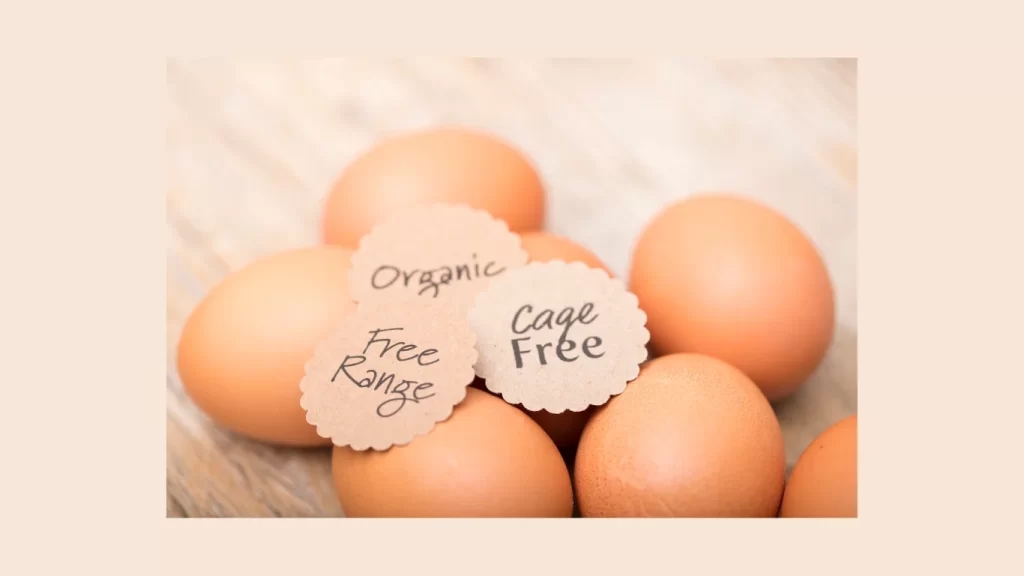Eggs are a humble but mighty ingredient. There are endless possibilities of how to incorporate eggs into meals, baked goods, and even stand-alone meals. I’m sure you’ve enjoyed a variety of ways to cook an egg in your daily kitchen adventures until today. However, in today’s article, we will show you more. We will review some ways to make eggs a stand-alone meal and still have them taste delicious.
Boiled Eggs – Soft, Medium and Hard
Hard-boiled eggs are a staple in many houses. They are adult—and kid-friendly and can be served in many ways. Soft-boiled eggs are a common breakfast option that goes very well with toast. Medium-boiled eggs are preferred by many as a healthy, filling snack with a sprinkle of salt and pepper. Lastly, hard-boiled eggs are a great addition to a salad.
Over Easy Eggs
Overeasy eggs are flipped over to sear the yolk. The more you keep the eggs flipped, the harder the yolk will get. Overeasy eggs can also be made medium or hard. In easy, the yolk is runny; in medium, it’s jelly-like; and in hard, it’s firm.
Omelette

Have you noticed that there is an omelette station at every breakfast bar or hotel? Omelettes are customizable. They taste great plain without any toppings and even better with added toppings such as onion, mushrooms, peppers, or zucchini.
Poached
Poached eggs are known to be tricky to perfect, but once you get the technique down, it’s easy. Boil water and a tablespoon of vinegar, crack your egg into a ramekin, and slide it into the pot of water. Cook for a maximum of 5 minutes until the white is set, and the yolk is runny, and then slowly remove the egg from the pan with a spoon. Poached eggs go great in a salad, a sandwich, or anything you prefer.
Sunny Side Up
These eggs are easy to prepare, require little effort, and are a great breakfast option. The one tip we have to give is that the stove should not be too hot. You don’t want the yolk to cook before the white.
Scrambled Eggs
Scrambled eggs are always a crowd-pleaser. To ensure your eggs don’t turn out rubbery, set your stove to the proper heat and don’t scramble too soon. To make the best scrambled eggs add butter for a flavour boost, and let the eggs cook for 1 minute before stirring.
Baked Eggs

Baked eggs are surprisingly easy to make and can be frozen in advance. They look appetizing and make a filling meal. Crack those eggs into one-serving dishes, add your desired filling, and toss them in the oven.
Now that we have discussed some of the popular ways to make eggs let’s go a little more in-depth about eggs themselves, the grades, the colour of the eggs, and how to store them.
What does the colour of eggs mean?
The eggshell’s colour can range from white to brown to olive green, depending on the hen’s breed. The yolk’s colour can also differ, depending on the hen’s diet. The darker the yolk, the more likely the hen’s diet consisted of green plants and highly pigmented plant materials. The lighter yolks are due to a diet high in barley, wheat, and corn meal.
Egg Labels – What do they mean?
A variation of labels are marked on egg cartons, and most don’t know what they mean.

Cage-free: Hens are usually not kept in a cage, but they also do not roam around an open field. Cage-free refers to a cramped warehouse or any other tight space.
Free Range: The hens have the space to roam free for parts of the day, if not all.
Organic: Organic is mandated. This means that hens are fed organic vegetarian diets. They are also not given antibiotics or vaccines and are most often cage-free.
Pasteurized: Pasteurized eggs have been heated to 140 F for three and a half minutes. The heat kills bacteria, such as Salmonella.
Check out our article on Cooking Must Haves.
Storing Eggs
Refrigerating – Storing eggs in the refrigerator will keep them for approximately a month. Knowing how to test your eggs is something everyone should know to do. Fill a glass of water. If the egg sinks to the bottom, it is fresh; if it stands up, it’s going bad; if the egg floats, throw it away.
Room Temp – Storing your eggs at room temperature, depends on the production method. (differs depending on where you live)
Frozen—Egg whites freeze; however, the yolk doesn’t. To freeze your eggs, separate the whites from the yolk and place them in an ice cube tray.
Conclusion – Ways to Make Eggs
Eggs are a highly nutritious meal. Besides the ways to cook eggs being easy, they are a great source of cholesterol and high-quality protein. Throughout this article, we discussed all the most common ways to make eggs, from the pan to the pot and into the oven. Eggs are highly versatile and a great addition to a salad, sandwich, toast, etc. We reviewed the differences in the colour of eggs and what causes them. Additionally, we reviewed the labels marked on egg cartons and how to store eggs.
How long can eggs be kept in the fridge?
Eggs can be refrigerated for about 3 to 5 weeks, and most often, the ‘sell’ by’ date will expire during that time, but they’re still okay to use. However, buy eggs before the ‘sell by’ and ‘exp’ date.
How many eggs are okay to eat in a meal?
For the average healthy adult, 1 to 2 eggs daily is recommended. It’s best to stop at 4 to 5 eggs a week for someone with high cholesterol or any heart disease.
How long do eggs last without being refrigerated in the UK?
They can stay on the counter for two weeks.
What are the health benefits of eggs?
Eggs support eye and heart health, are great for the immune system, serve as a complete source of protein, and are high in nutrients.
How long should I boil eggs?
To get the dippy, still-watery egg yolk, boil those eggs for 3 minutes. If you want that slightly runny yolk, boil for 6 minutes. For soft-boiled eggs, boil for 8 minutes, and to make hard boiled egg, boil for 10 minutes.





